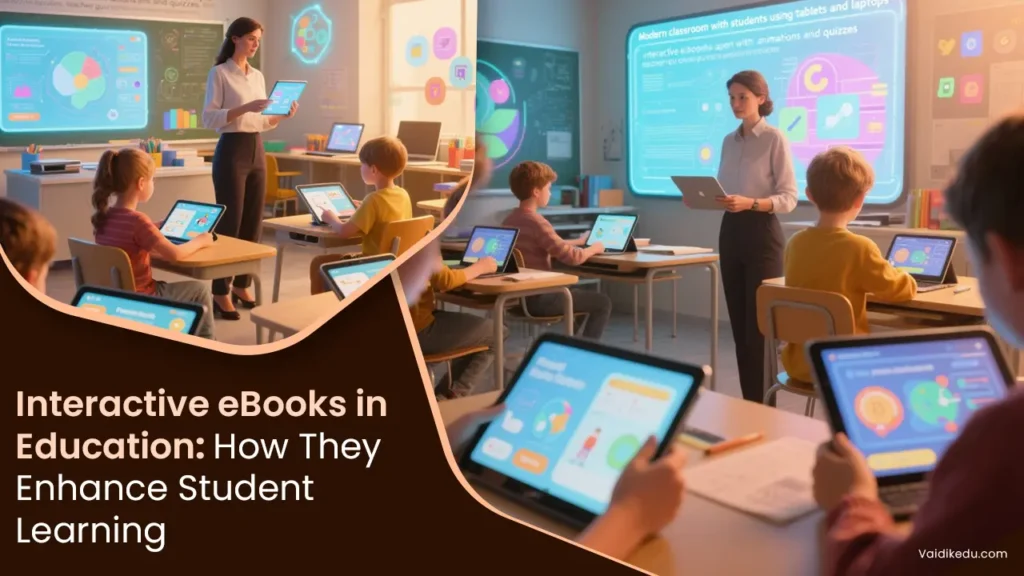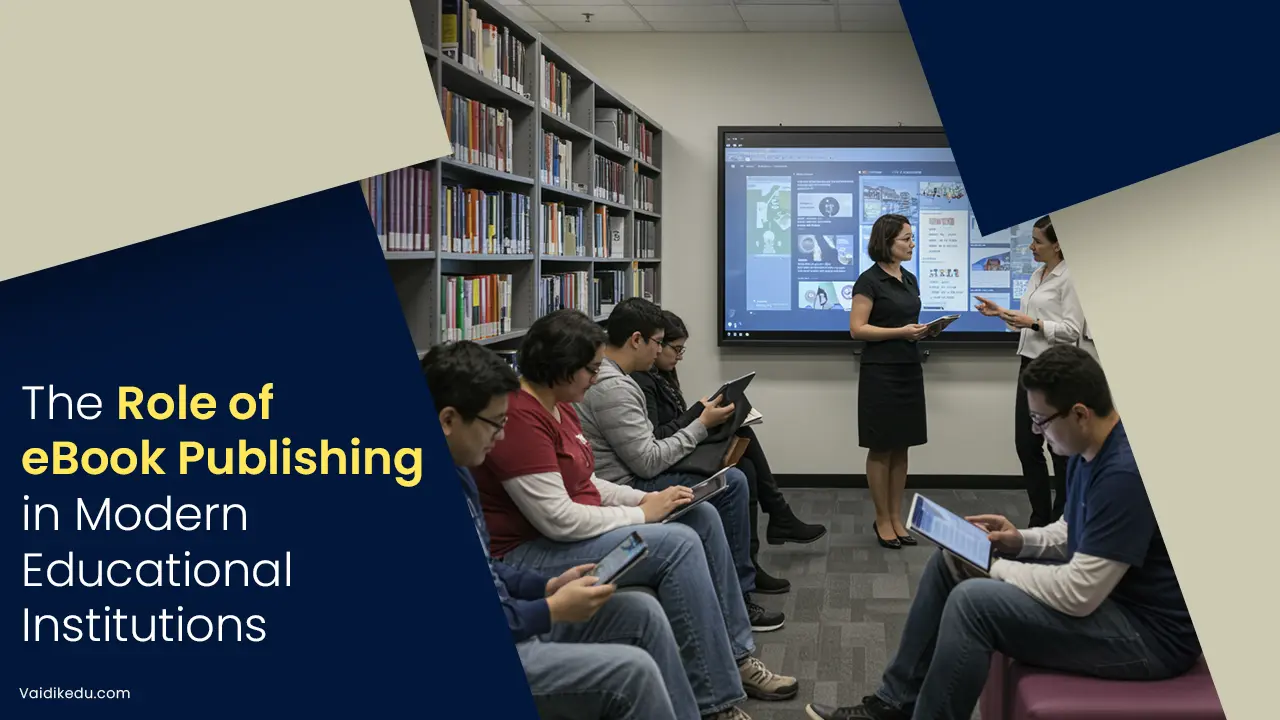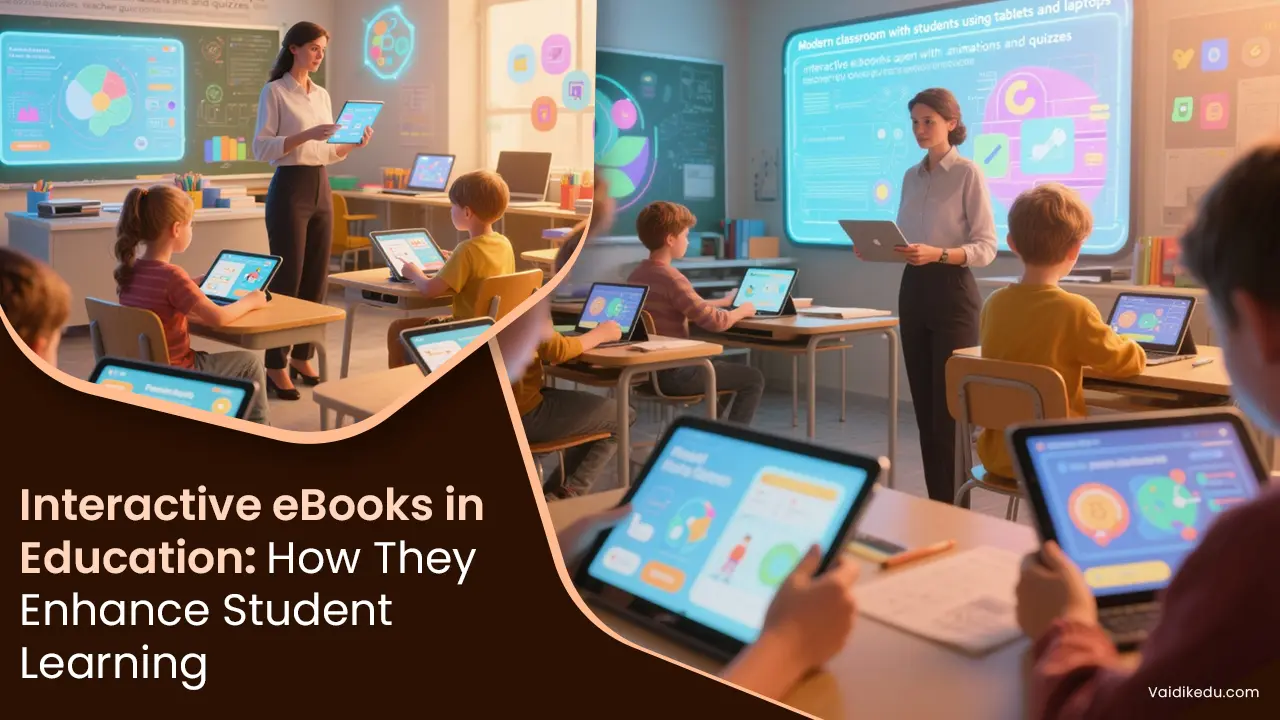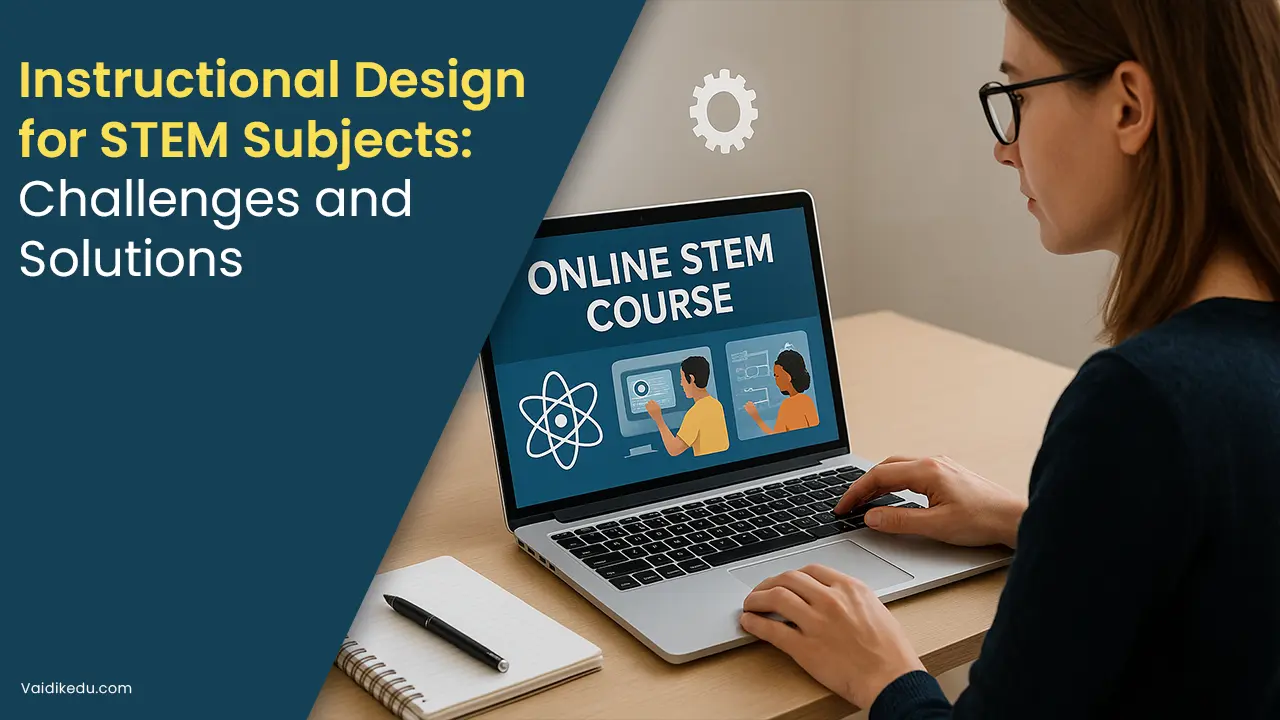This has, to a large extent, changed how students access educational content with the rapid growth of technology. Supplemental or alternative books, which replace traditional textbooks, interactive eBooks come with more interesting features, which include multimedia features such as animations and quizzes.
Interactive eBooks may be much more effective at proactively engaging students as compared to the static book format and simple digital PDFs.
Interactive eBooks are intended to be a method of augmenting understanding, hence an interactive, not passive, form of reading. Interactive eBooks cater to diverse learning styles and, therefore, make education more inclusive and effective.
Interactive eBooks Publishing Services make learning dynamic and adaptive while a student may understand through visuals, hearing, or direct touching.
This blog explores the way interactive eBooks enhance the learning of students, the core benefits, and the basic constituents of an interactive eBook, in addition to the best practices among educators and publishers.
In the end, you will have an idea of why interactive eBooks have become an indispensable tool in the modern world of education.
Role of Interactive E- Books in Education
1. Improving Student Engagement
Interactive eBooks are massive because they can reach out to the students in ways that traditional books cannot. Instead of reading the book, the students interact with videos, animations, and even simulations that are part of the eBook. For instance, a science textbook can have embedded within it an interactive 3D model of a human body that allows the student to rotate and zoom in, thus making anatomy lessons much more engaging and informative.
Gamification elements including quizzes, puzzles, and rewards motivate and involve learners. The more the interest of any learner in his process of learning the easier it gets for him to memorize what he is learning because he develops a better interest towards what he learns.
2. Multiple Learning Style Accommodations:
Since every pupil differs in their modes of learning, interactive eBooks meet multiple learning needs, such as:
- For a visual learner, animations, infographics, video explanation.
- There would be audio clips, podcasts, or text-to-speech for the auditory learners.
- Kinesthetic learners learn via interactive exercises, drag-and-drop activities and simulations.
- Interactive eBooks come with a form of multimodal learning experience whereby no student feels left behind; this is to avoid the kind of teaching, which is normally one-size-fits-all, in the end.
3. Active Learning And Critical Thinking
Unlike reading books passively, interactive eBooks encourage students to think critically and think while applying what they know. Problem-solving tasks, real-life scenarios, and interactive case studies force students to start analyzing instead of memorizing.
For instance, instead of passively reading about historical events in a history eBook, the student is challenged to imagine those very events through an interactive timeline or role-playing simulations that help them understand the circumstances of another point of view. Thus, more comprehension and critical thinking skills are developed.
4. Increasing Access And Inclusion
Interactive eBooks are also accessible since they open avenues for all features that can enable learners with any disability or difficulties while learning. These are some of the main access features:
- Text-to-speech capability for students who have visual impairment or dyslexia.
- Text size can be enlarged with background contrast, making reading easier.
- The video contains closed captions and transcripts, assisting students with hearing loss.
- Translation in language will support the non-native speaking students.
- eBooks, being interactive, allow students to have access to knowledge with no limitations; education for every student regardless of their physical or mental condition is achieved.
5. Facilitating Collaborative Learning And Socialization
Many interactive eBooks include collaborative tools with which students may work cohesively regardless of the learning environment. Features such as shared annotations, discussion boards, and real-time quizzes encourage peer interaction and teamwork.
For example, students can mark up text by highlighting it and adding comments for their classmates. This makes it a more discussion-driven and more interactive learning process. The social features of the interactive eBook help a student develop communication and teamwork skills.
6. Empowering Educators with Powerful Teaching Resources
Interactive eBooks help students but are also an empowerment tool for teachers. Teachers can:
- Monitor student progress through analytics and performance reports.
- Use content that would fit specific curricula.
- Use personal notes, instructions, or ancillary resources in the eBook.
- Take live assessments and adjust their lessons based on data from student performances.
This gives teachers an increased possibility of finding the weak learners before time elapses and therefore take appropriate support for increased learning results.
Essential Ingredients of An Engaging Interactive E- Book
1. Intuitive And User-Friendly Design
An engaging eBook must have good usability, clear headings, a clickable table of contents, and a logical flow of content. It should ensure an intuitive interface through which the student learns without the time being spent on finding how to use the product.
2. Quality of Multimedia
Multimedia in an interactive eBook is only as good as the quality of its multimedia content. Its images should be high resolution, video high in production and interactive, hence not too obstructive or pervasive over the text.
3. Interactive Assessments
Self-check quizzes, drag-and-drop activities, and even real-time progress tracking help students stay connected and self-assess their learning of the material.
4. Offline Access And Cross-Device Compatibility
Students should be able to access eBooks on any device, including tablets, laptops, and smartphones. Offline functionality also ensures that no internet connection disrupts learning.
5. Frequent Updates And Relevant Content
Unlike a printed textbook, eBooks can be easily updated frequently to provide relevant content since the subject changes rapidly, including technology, medicine, and science.
Conclusion
Interactive eBooks are changing the landscape of education as they provide an engaging, accessible, and personalized learning experience. It is suitable for various learning styles, encourages active engagement, gives instant feedback, and allows self-paced study. It also fosters collaboration and aids educators with important teaching tools.
As these changes are being made, the use of interactive eBooks in the educational system will be magnified. Schools, universities, and other learning institutions must embrace this digital resource to improve student’s learning experiences and prepare them better for their future. The power of interactivity will make education more dynamic, inclusive, and effective.
Frequently Asked Questions
An interactive eBook is an electronic textbook that evolves into multimedia content, such as videos, quizzes, animations, or interactive exercises designed to engage the students and make learning easier.
They engage the student: In interactive content; they offer multistyle learning; immediate feedback provision; and customized self-paced study.
Yes, many interactive eBooks provide the ability to download content. Many will enable the students to download the content so it may be used when there is no internet connection. However, some may use cloud syncing and some real-time co-laboration capabilities that will need the internet.
They can fortify their teaching plans by tracking student progress, modifying content, making assessments, and offering an engaging learning tool.
Though they offer so many benefits, the greatest utility of an interactive eBook still lies in serving as a complement to traditional textbooks instead of replacing them entirely. The best learning experience will be delivered by a hybrid.
Interactive eBooks can be beneficially adopted by instructors and learners for a more interactive, accessible, and effective learning platform in the new digital world.









